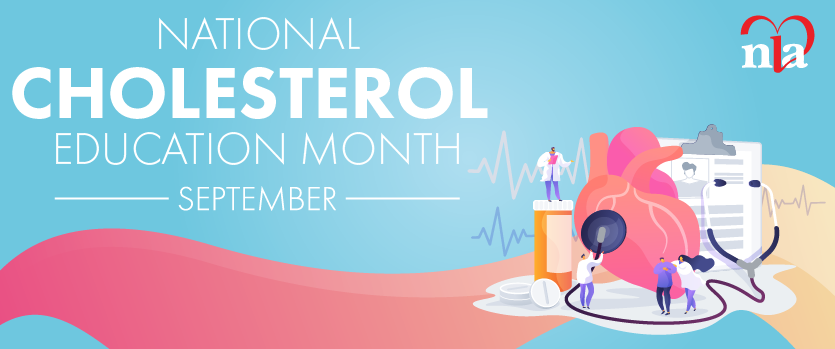Cardiovascular disease (CVD) remains the #1 killer of American men and women. Following recognition of the large gap between deaths of women as compared to men in the year 2000, there was subsequent intense focus on prevention of CVD in women. Following the launch of campaigns such as Go Red by the American Heart Association and Heart Truth by the National Heart, Lung, and Blood Institute, CVD deaths sharply declined in both women and men. Health care professionals and the public were educated on effective blood pressure and cholesterol management, smoking cessation, guideline-directed treatment strategies, and ways to involve the community in reducing CVD risk. However, after 2010, deaths began to plateau and then rise again, more steeply in men than in women. Although COVID-19 has had a significant impact on cardiovascular health, largely responsible for the sharp increase in deaths in 2020, why did the decline in deaths disappear in 2010, long before the pandemic?
Although the answer to this question is complex, it is partly explained by the theme of this issue of LipidSpin. We have effective medications to manage hypertension and lipid disorders, and the smoking prevalence rate has decreased, however the prevalence of obesity has significantly increased. The CDC reports a 30.5% to 41.9% increase in obesity from 2000 to 2020. The CDC also reports that prevalence of diabetes has also seen 2 decades of continual increase with over 37 million people (11.3% of the US population) having diabetes in 2019. Thus, the term “diabesity” was coined: two correlated conditions which are fueled by inadequate physical activity levels among adults and children.
On behalf of Dr. Kaye-Eileen Willard, LipidSpin co-editor, I extend our thanks to Jan McAlister, DNP and Roda Plakogiannis, PharmD, Presidents of SELA and NELA, for their leadership in selecting a multidisciplinary group of authors and overseeing the articles about important topics on the theme of Diabesity. Select articles in this issue include an international perspective on obesity and diabetes, a detailed discussion of the relationship between obesity and diabetes, the ‘nuts and bolts’ of medical nutrition therapy, novel medication approaches to weight loss, and the complexity of cardiometabolic disease management in patients with chronic kidney disease. This important information will undoubtedly inspire NLA clinicians in their quest to curtail the diabesity epidemic.
Article By:
LipidSpin Co-Editor, National Lipid Association
Chicago, IL





.jpg)
.png)










